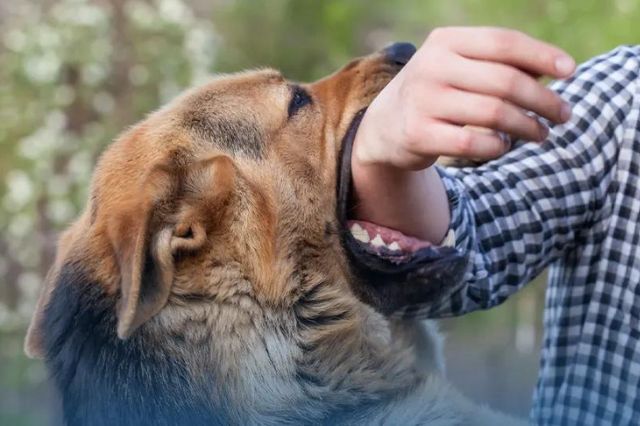Handling Dog Bite Incidents: A Complete Guide

Since dog bites are becoming more common and severe, there has been an increased focus on understanding the causes of these attacks and developing preventative and management strategies.
Dog attacks nevertheless happen in spite of these measures, which emphasizes the significance of ongoing education, conscientious dog ownership, and efficient regulations to reduce dangers and advance safety.
Dog bites are one of the public health issues, as people can get rabies if they don’t have a rabies vaccine. Rabies can risk your life if you ignore it. If you have been bitten by a dog, you will understand the concepts and need to consult a lawyer who specializes in dog bite cases- click here to visit Marks & Harrison.
In this article, we will uncover what to do in case you have been bitten by a dog.
Immediate First Aid
First, you will have to sanitize the dog bite by cleaning the infected wound, and if it is bleeding, control the bleeding by using a clean cloth or a bandage (if you have it available at home or in nearby places). Use a little antiseptic solution, like iodine or hydrogen peroxide, on the wound after cleansing it to help stop infection.
To prevent future contamination, cover the bite site with a sterile dressing or clean bandage. Make sure the wound is free of any infections by changing the bandage on a regular basis.
Seek Medical Attention
Depending on how severe the bite was, decide if you need to seek medical assistance. Infection symptoms, deep puncture wounds, and wounds that won’t stop bleeding need to be treated right away. Verify if the person has received a current tetanus vaccination, particularly if the lesion is severe or infected.
Seek medical examination for rabies prophylaxis as soon as feasible if the dog’s vaccination history is unknown or if there is a chance that the disease could be transmitted. Observe any guidance given by medical professionals regarding wound care, medicines, and keeping an eye out for any problems or infections.
Reporting and Documentation
Dog bite incidents may need to be reported to animal control authorities or police enforcement, depending on local rules. Documenting the event aids in tracking hazardous dogs, spotting patterns, and stopping similar incidents in the future.
Document the dog bite occurrence in great detail, noting the date, time, location, dog’s description, and any pertinent medical care that was received. To record the extent of the bite wounds, take pictures of them.
Legal Resource
After a dog bite occurrence, be aware of your legal rights and available options. You might be eligible for reimbursement for medical costs, missed income, pain and suffering, and other damages, depending on the specifics of the case.
If you’re thinking about bringing a lawsuit against the dog owner or another accountable party, get the counsel of a skilled lawyer with experience handling animal responsibility and personal injury cases.
Psychological Support
Recognize and handle the emotional effects of the dog bite on the victim, especially on young children who could be traumatized or suffer fear. When necessary, get assistance from mental health specialists or support organizations.
Provide a safe space where the victim may work through their feelings, regain their self-esteem, and get over any residual anxiety or fear associated with dogs or activities involving dogs.
Conclusion
It is important that you know first aid when you have a dog bite to further lessen the severity of the infection and rabies. However, it is essential to consult the doctor if you have been bitten, since rabies is life-threatening.
By following these guidelines and seeking legal and health assistance, this would get you a full recovery. Moreover, proactive measures include being a responsible owner to keep your pet by not being aggressive and attacking other animals, especially people.



